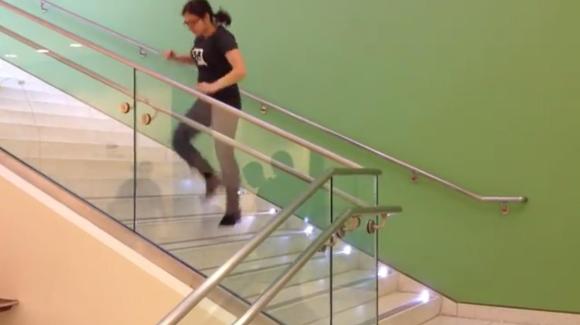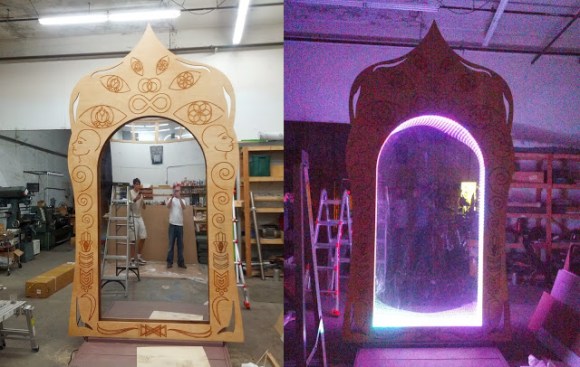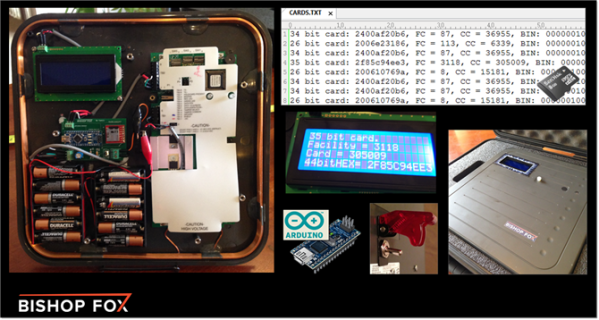The Nintendo Power Glove was terrible. Really, really terrible. Thanks to modern components, though, it’s possible to recreate the Power Glove experience in a way that doesn’t suck so much. That’s what [Leif] did with his motion sensing glove for the Commodore 64.
Instead of rolling his own IMU and putting it in a glove, [Leif] is using SonicWear SoMo, a glove originally designed to generate MIDI data for performance pieces. Inside this glove is a 9 DOF gyro/accelerometer/magnetometer, uC, battery, and XBee that can be easily reprogrammed to do something a little more (or less) useful than simply sending MIDI notes and commands.
[Leif] reprogrammed the XBees to use I/O line passing instead of sending serial data, and connected the recieving XBee to the C64 joystick port through a very simple circuit with a hex inverter.
All the code to turn a SonicWear glove into a C64 controller is available on the Github, and there’s a neat demo video of [Leif] demoing his glove at the VCF Midwest late last month.

















